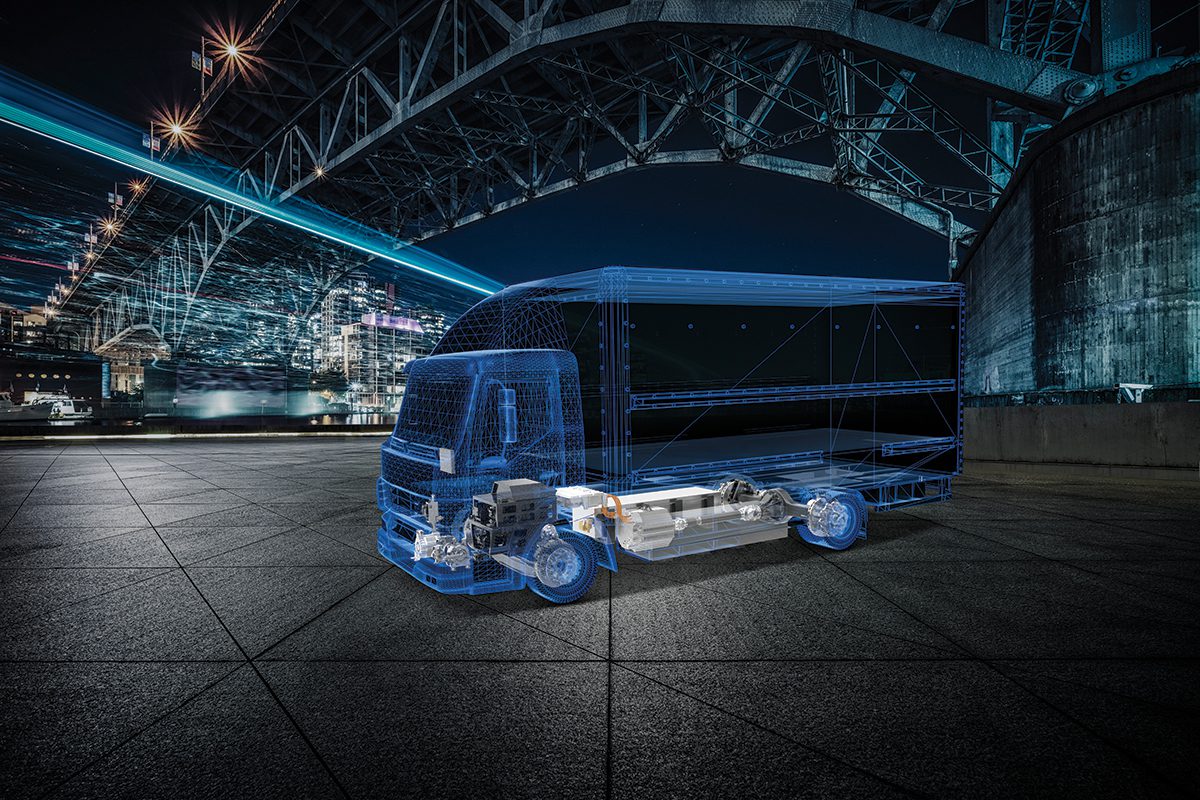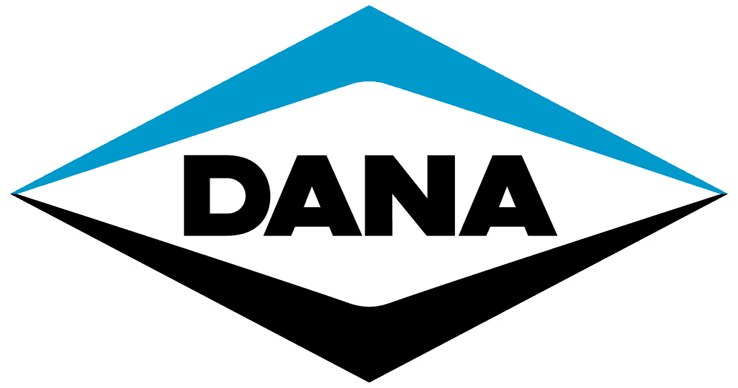With the automotive and commercial vehicle industries undergoing massive technological shifts toward vehicle electrification, some experts are predicting that by 2030 the number of new electrified vehicles sales in the medium-duty segment could be as high as 50%.
According to Dana Incorporated Senior Director of Commercial Vehicle Engineering, Jeremy Frenznick, that’s why fleets need to start now to understand the electrification and e-propulsion options and experience the benefits of moving to an electric future.
Advantages of a Single-Source Supplier
While it is possible to get the various parts for an e-propulsion system from multiple suppliers, Frenznick believes a compelling case can be made for selecting a single-source supplier. Engaging with one supplier will more often generate a highly integrated, reliable, purpose-built system that allows owners to achieve top level vehicle requirements, especially when it comes to functional safety and cyber security.
Conversely, choosing a piecemeal e-propulsion system has many inherent risks, including physical or performance compromises that need to be made with this option. Haphazard spec’ing also brings with it a responsibility for integrating all the many components and systems, while trying to satisfy important safety compliance issues at the e-propulsion system and vehicle system level. Selecting a cherry-picked system might also create nightmares downstream when trying to correct or augment the system with software and controls or securing replacement parts.
Ultimately, choosing a single source supplier will deliver your fleet a highly engineered purpose-built, reliable, e-propulsion solution that will help you meet your sustainability goals.
According to Frenznick, Dana currently supports four e-propulsion available options, which include:
- Central-mount direct drive with a traditional drive axle that includes motor, inverter, and a driveline control unit and/or a vehicle control unit, as well as low- and high-voltage cables and coolant hoses
- Central-mount multi-speed gearbox with a traditional axle that includes motor, inverter, and a driveline control unit and/or a vehicle control unit, as well as low- and high-voltage cables and coolant hoses
- Integrated e-axle design with either single or multi-speed that includes an axle, gear box, an inverter, controller(s), low- and high-voltage cables, and coolant hoses
- Full battery-electric vehicle integration, which is a complete system that includes all the batteries, electrified power cradle, a high-voltage junction box, chiller, compressor, controller(s), battery management unit, HMI display, DC/DC converter, onboard charger, low- and high-voltage cabling, and hoses for the coolant systems
Click here for more information on Dana e-propulsion solutions
A Multitude of Electrification Pluses
Never having to look at a diesel fuel pump again is, of course, a huge advantage. With that, adds Frenznick, is an energy efficiency ratio of an electrified truck that is about 3.5 times greater than that of a traditional ICE engine at highway speeds, and as much as five to seven times the efficiency when the vehicle is operating with start/stop duty cycles, as in city delivery and last-mile applications.
In addition, very little maintenance needs to be performed on an e-propulsion system. Dana estimates that there are somewhere between 30-40% fewer moving parts on an electrified vehicle. The Dana systems are all designed for a variety of long-range, high-mileage, and other demanding duty cycles.
Longer intervals between maintenance schedules are an additional benefit. Basically, there is the standard axle lubricant maintenance and then a maintenance interval on the high-voltage cooling system at roughly 100,000 miles. Between those types of maintenance service, generally, nothing more than a visual inspection needs to be made for cable wear, hose fatigue, leaks, and other standard visual checks common for any commercial vehicle.
Drivers have also been reporting positively on electrified vehicles. In addition to saying electric vehicles are more enjoyable to operate, they are also reporting feeling safer, with vehicles easier to merge into traffic because of the instantaneous torque that is available. Driver attention/driver retention is another major plus and should not be ignored. Electrified vehicles are quieter to operate, and that leads to lower driver fatigue and an overall more enjoyable driving experience.
Immeasurable Savings
Fuel and maintenance savings are not the only gains to electrification.
Facilitating the reduction of harmful emissions is equally important, says Frenznick, noting that Dana as an organization continues to embrace technology to help ensure that present and future generations have a prosperous and sustainable place to live.
To best bring that about, Dana knows that any new technology comes with some uncertainty about what it can do and about the proper way to operate it. To address those concerns, Dana has taken a three-pronged approach to training, offering online, phone-based, and in-person training options.
Online training materials specific to the e-propulsion systems, as well as detailed service manuals to help on the service side, are already available. Furthermore, a new option was recently added to the Dana call center that specifically focuses on electrified products. When an OEM dealer representative calls in, they simply choose the appropriate option and are immediately connected to an electrification specialist. Training videos, in Dana’s “Driveline Forensics” series, for some of the key service procedures will also soon be available. For the ultimate in training, Dana is now offering in-person training at the fleet, dealer, and OEM level at the company’s new Sustainable Mobility Center in Ohio. Well-trained experts walk customers through the entire training program that covers critical safety and maintenance fundamentals.
Charging Ahead
Electrification maturity is currently progressing in rapid fashion, adds Frenznick, and vehicles for duty cycles such as city delivery, last mile and regional applications are available now — with more just around the corner.
To best ensure success, Frenznick suggests choosing an electrification supplier — like Dana — that has proven experience to help facilitate that development and is abundantly prepared to handle the responsibilities not only for today, but also for tomorrow.



